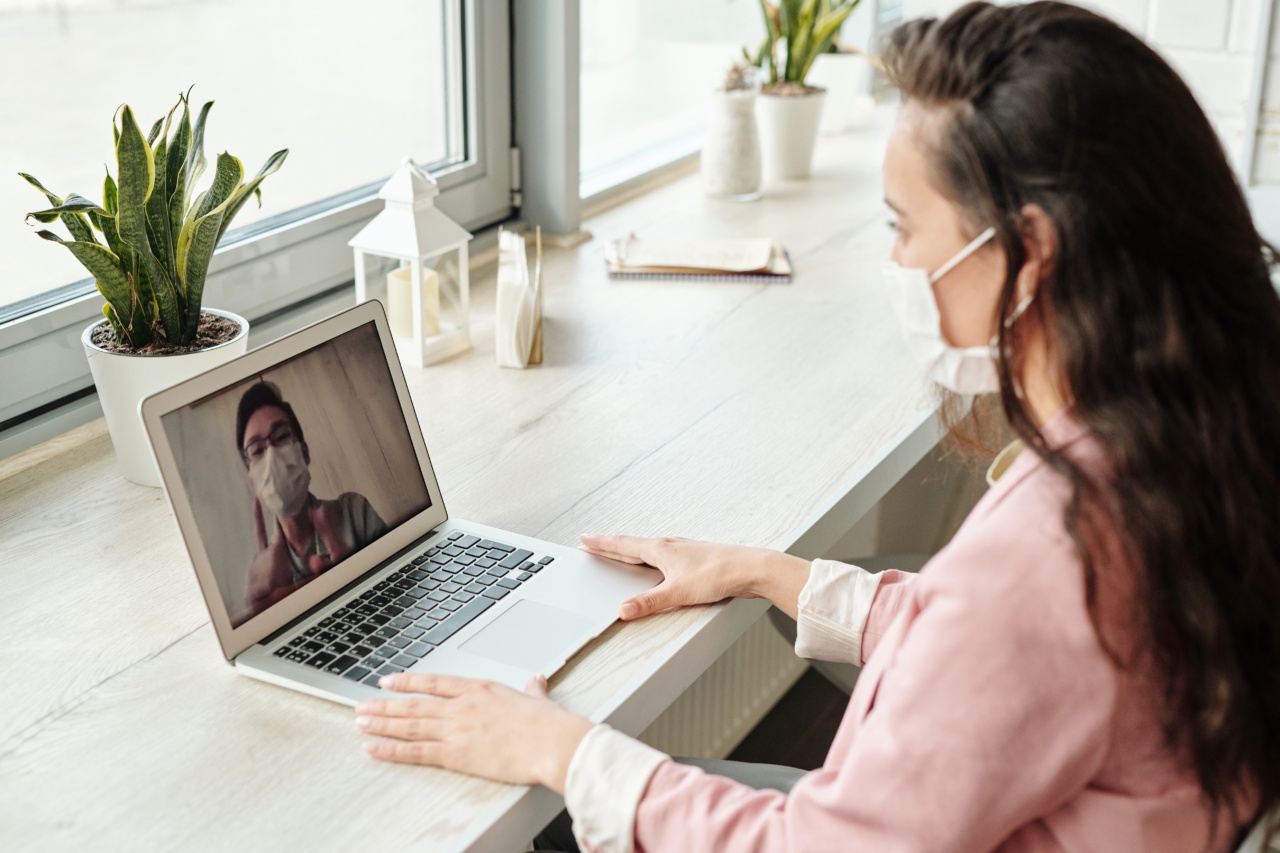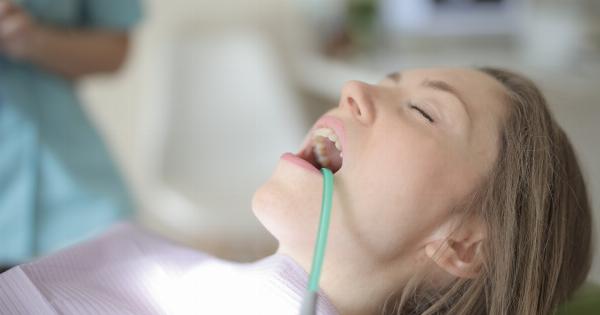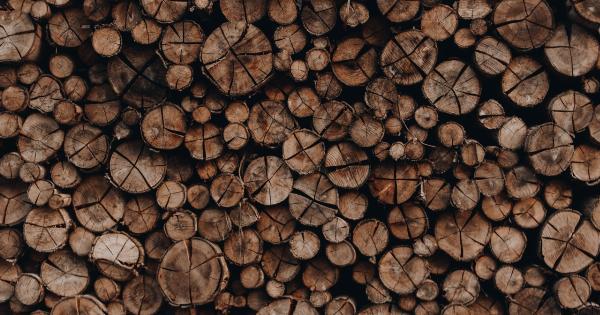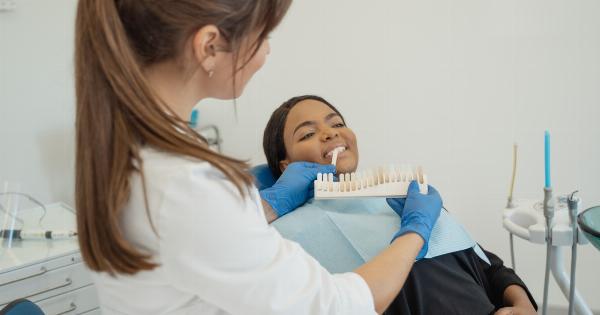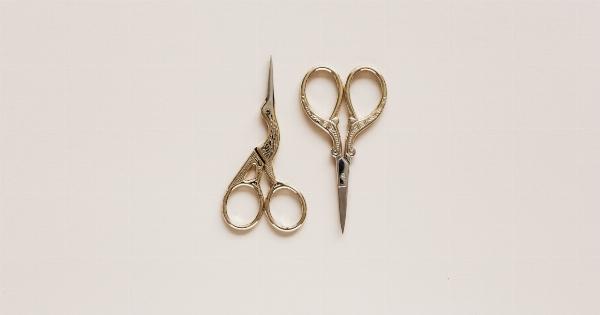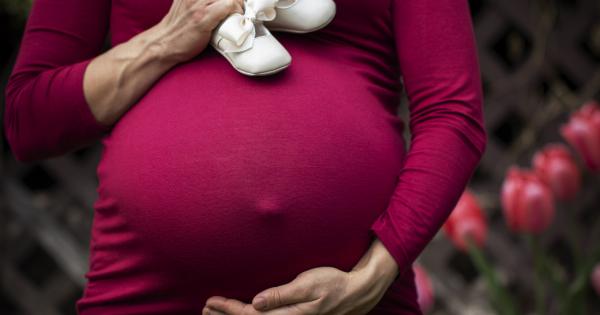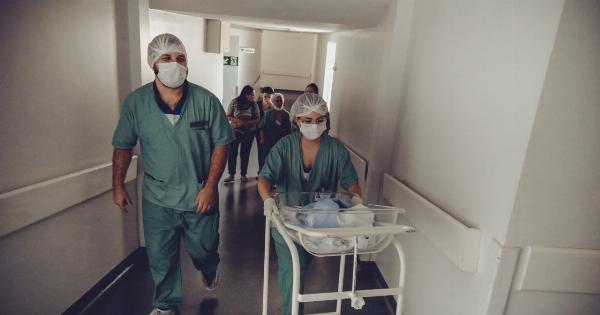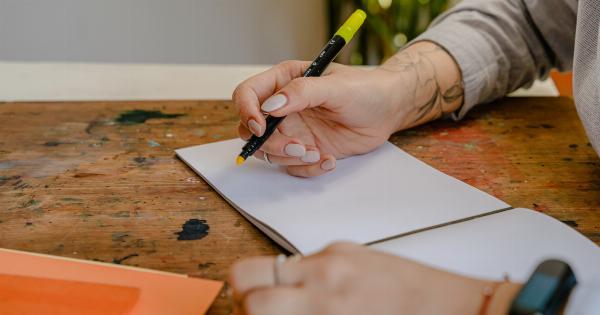Dealing with pimples can be frustrating, but it’s even worse when they become infected. An infected pimple can be painful, swollen, and may even leave a scar if not properly treated.
It’s essential to identify the signs of an infected pimple early on to prevent complications and ensure proper treatment. In this article, we will discuss ten ways to know if your pimple is infected.
1. Increased Redness
One of the first signs that your pimple may be infected is an increase in redness around the affected area.
The pimple’s surrounding skin may appear more inflamed than usual, indicating an inflammatory response caused by bacteria or other pathogens entering the pimple.
2. Swelling and Warmth
Infected pimples often display swelling and warmth around the lesion. This occurs due to the body’s immune response, which tries to eliminate the infection by sending blood and immune cells to the area.
If your pimple feels tender to the touch or warmer than the surrounding skin, it may be infected.
3. Pus or Drainage
While pimples can contain some pus as part of the regular healing process, an infected pimple is likely to have excessive pus or drainage. If you notice a yellow or greenish discharge coming from your pimple, it is a strong indication of infection.
Avoid squeezing or picking at the pimple, as this can worsen the infection.
4. Pain or Tenderness
Infected pimples often cause discomfort or pain. If your pimple is causing more pain than usual or feels tender to the touch, it is likely infected. The pain may range from a mild ache to a throbbing sensation, depending on the severity of the infection.
5. Increased Size
While it’s common for pimples to grow in size before they heal, an infected pimple might enlarge significantly and rapidly.
If you notice that your pimple is increasing in size despite using acne treatments or home remedies, it’s a sign that the infection has intensified.
6. Itchy Sensation
An infected pimple may cause itching or a persistent itchy sensation in and around the affected area. This itching is a result of the body’s immune response and can be quite bothersome.
Avoid scratching the pimple to prevent further irritation or the spread of bacteria.
7. Prolonged Healing Time
Typically, pimples heal within a week or two with proper care. However, infected pimples take longer to heal as the body fights off the infection.
If your pimple shows no signs of improvement after two weeks or if it worsens, it is likely infected and requires medical attention.
8. Development of a Scab
When a pimple becomes infected, it may develop a scab as part of the healing process. The scab forms as a natural barrier to protect the underlying skin from further infection.
If you notice a scab on top of your pimple, it indicates that the body is actively trying to heal the infection.
9. Systemic Symptoms
In severe cases, an infected pimple may cause systemic symptoms that affect your overall well-being. These symptoms may include fever, fatigue, and swollen lymph nodes.
If you are experiencing any of these symptoms in addition to an infected pimple, seek medical attention as soon as possible.
10. Spreading of the Infection
If left untreated, an infected pimple can lead to the spread of the infection to surrounding areas. You may notice new pimples or red bumps developing near the original site.
This spreading of infection is a concerning sign and warrants immediate medical intervention.
